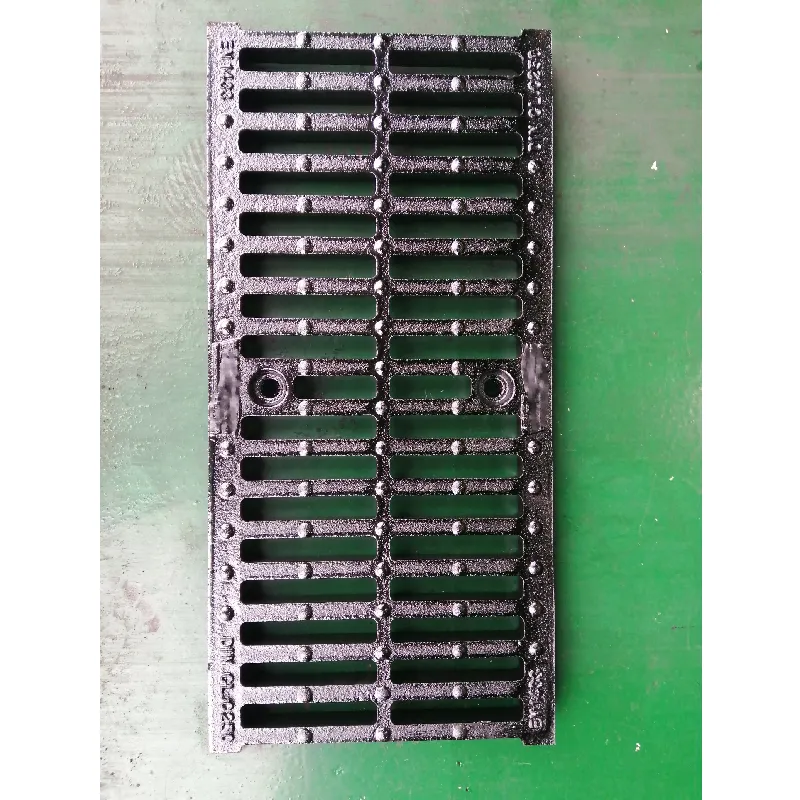cast iron air release valve
Cast Iron Air Release Valves Importance and Functionality
Cast iron air release valves play a crucial role in various fluid transport systems, particularly in water supply and wastewater management. Their primary function is to automatically release air pockets that can accumulate within pipelines. Air release is essential for maintaining system efficiency, pressure stability, and overall operational reliability.
Understanding the Functionality
When fluids are transported through pipelines, air can become entrapped, leading to several operational issues such as reduced flow rates, increased pressure surges, and even damage to the system. Air pockets can cause phenomena like cavitation, which can significantly degrade the infrastructure. Therefore, air release valves are engineered to mitigate these risks by allowing trapped air to escape while preventing the backflow of liquids.
Design and Material Considerations
Cast iron is a popular material choice for air release valves due to its strength, durability, and resistance to corrosion. Valves crafted from cast iron can withstand high pressures and challenging environmental conditions, making them ideal for both above-ground and underground installations. The design of these valves often includes a float mechanism that rises and falls with the fluid level. When air enters the valve, it displaces the liquid, causing the float to drop, which opens the valve and allows the air to vent out. Once the air is released, the float rises again, sealing the valve and preventing liquid leakage.
Benefits of Cast Iron Air Release Valves
1. Durability Cast iron valves are known for their longevity. They can endure harsh operating conditions, reducing the frequency of maintenance and replacement.
cast iron air release valve

2. Efficiency By efficiently removing air from the system, these valves ensure optimal fluid flow and pressure levels. This efficiency contributes to lower energy costs and enhances the performance of pumps and other equipment.
3. Safety By preventing the formation of air pockets that can lead to pressure build-up, cast iron air release valves help to reduce the risk of system failures and potential hazards.
4. Cost-Effectiveness Although the initial investment in cast iron valves may be higher than alternatives, their durability and reliability can lead to significant savings over time through reduced maintenance and extended lifespan.
Applications
The use of cast iron air release valves is prevalent in various sectors, including municipal water systems, industrial applications, and wastewater treatment facilities. In municipal systems, they are essential for maintaining the integrity of water distribution networks. In industrial settings, they help manage systems carrying viscous fluids or slurries where air entrapment can cause operational inefficiencies.
Conclusion
In conclusion, cast iron air release valves are indispensable components of fluid management systems. Their robust construction and reliable functionality maximize operational efficiency and safeguard infrastructure from the detrimental effects of air entrapment. As industries continue to prioritize efficiency and safety, the role of these valves will only become more prominent. Investing in high-quality air release valves ensures the longevity of pipeline systems, reduces maintenance costs, and enhances overall system performance. Whether in municipal water management or industrial fluid transport, the importance of cast iron air release valves cannot be overstated.
-
The Smarter Choice for Pedestrian AreasNewsJun.30,2025
-
The Gold Standard in Round Drain CoversNewsJun.30,2025
-
The Gold Standard in Manhole Cover SystemsNewsJun.30,2025
-
Superior Drainage Solutions with Premium Gully GratesNewsJun.30,2025
-
Superior Drainage Solutions for Global InfrastructureNewsJun.30,2025
-
Square Manhole Solutions for Modern InfrastructureNewsJun.30,2025
-
Premium Manhole Covers for Modern InfrastructureNewsJun.30,2025
